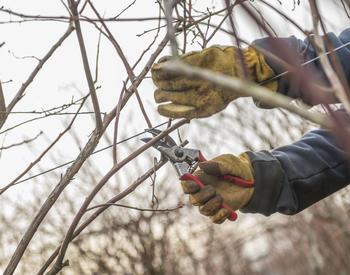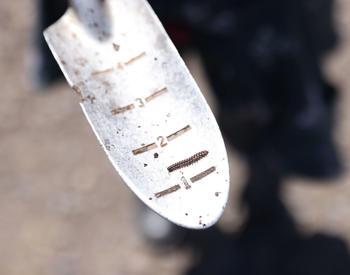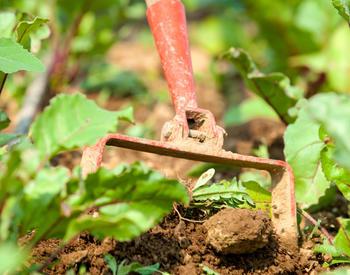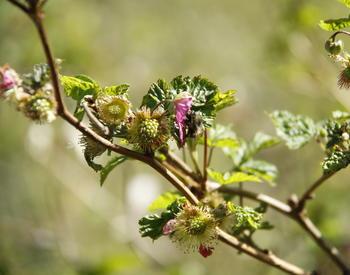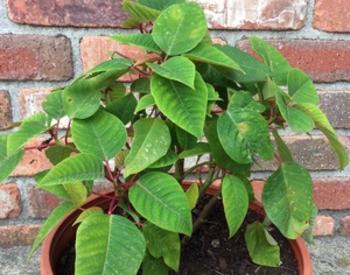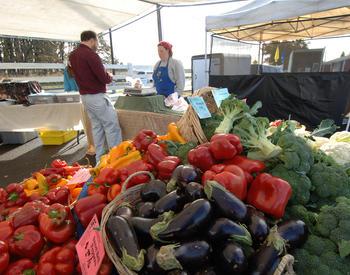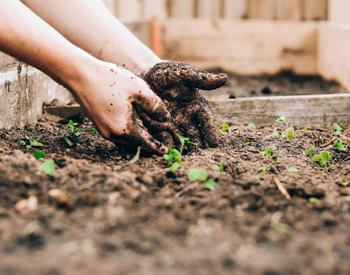Transcript
So in this segment, we have what's called a volunteer, a tree that is readily seeded from another location. You can see it's in close proximity to this tree and the pine trees behind it. However, we find value in keeping this tree for now, but in order to maintain a good central leader or single trunk on this tree, we're gonna have to make a drastic cut by taking one that has sprouted out from the base completely off. So here we go, I'm gonna have to make this cut down here. And the way I'm going to start is I'm going to make a cut higher up as we've demonstrated and then pull that out of the way with a chainsaw, and I'm gonna finish that with a hand saw so I don't cut into the remaining trunk that we're trying to retain. Okay, there we go, all done.
So one of the main benefits of what Tom just performed was when we have what's called codominant stems or that's two trunks growing together or even two tight branches growing together, each of those is going to grow in diameter pressing against each other until one of those fails and then we have this large wound at that branch attachment or trunk attachment. In this case, by removing it now, we've reduced the possibility of that ever happening, and this tree should have a good long life. Good job, guys. You.
